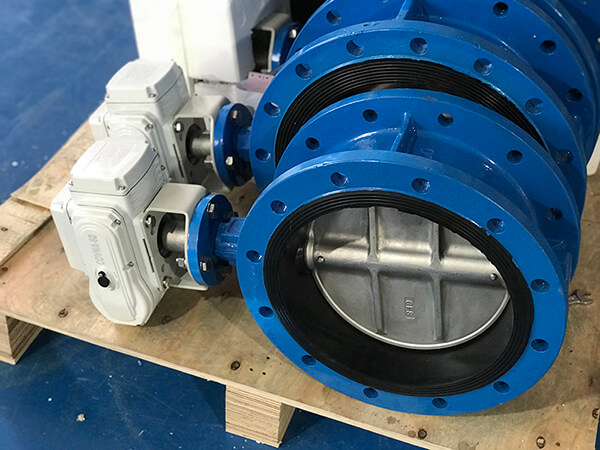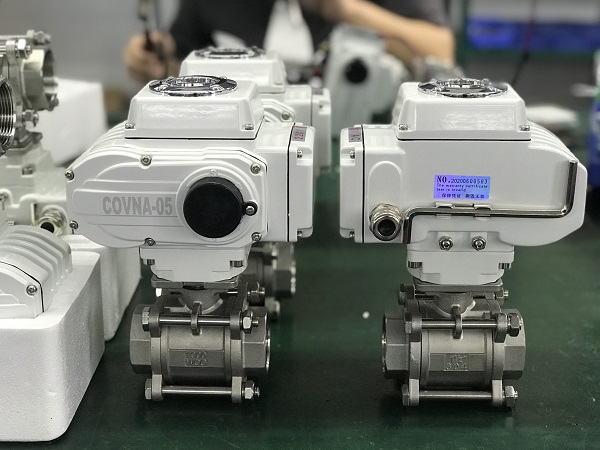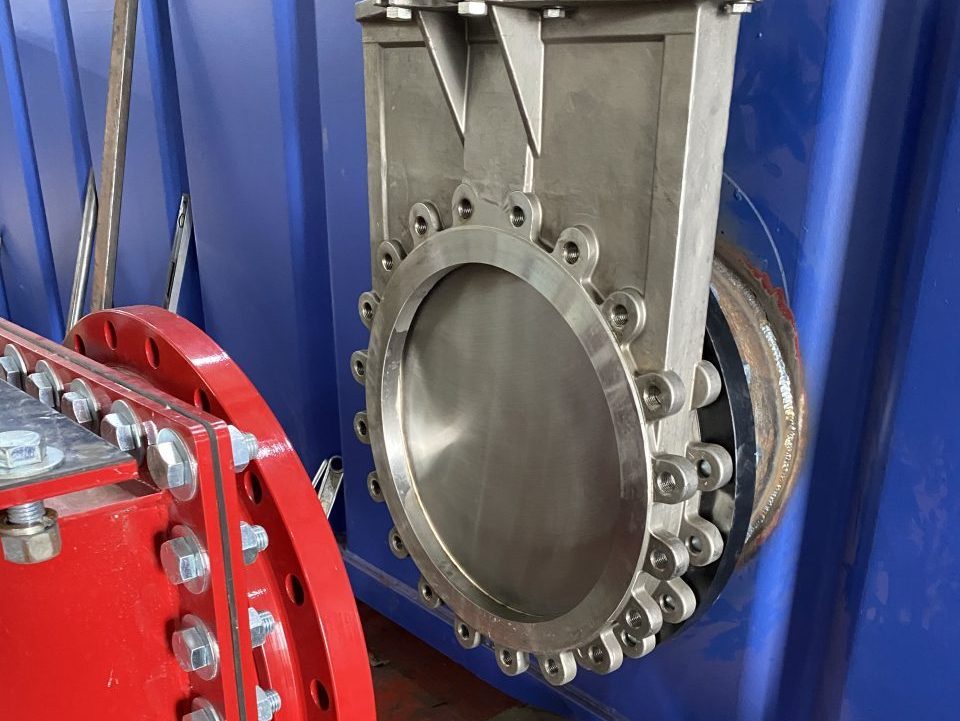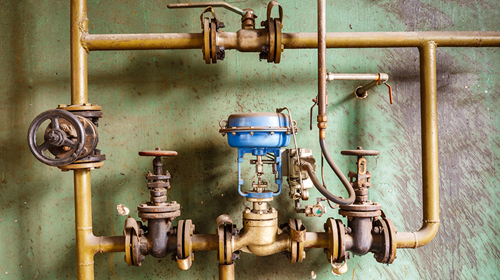Renewable energy refers to energy sources that can be replenished and regenerated naturally, such as solar, wind, hydro, and biomass energy. Compared to traditional energy sources, renewable energy offers advantages like environmental friendliness, sustainability, and low carbon emissions. Governments worldwide have enacted policies and regulations to promote the development and application of renewable energy.
The Role of Valves in Specific Renewable Energy Sectors
Solar Power Generation
In solar power generation, valves serve critical functions in different aspects of the process. In solar thermal power plants, valves control the flow of heat transfer fluids, such as thermal oil or molten salt, which capture and transfer solar heat to a power cycle for electricity generation. These valves ensure efficient heat transfer, temperature regulation, and system stability. Valves are also used in solar water heating systems to control the flow of water or heat transfer fluids, directing them to appropriate areas for heating or storage. Valves in solar power systems must withstand high temperatures, resist corrosion, and maintain tight sealing to prevent heat loss and ensure reliable operation. 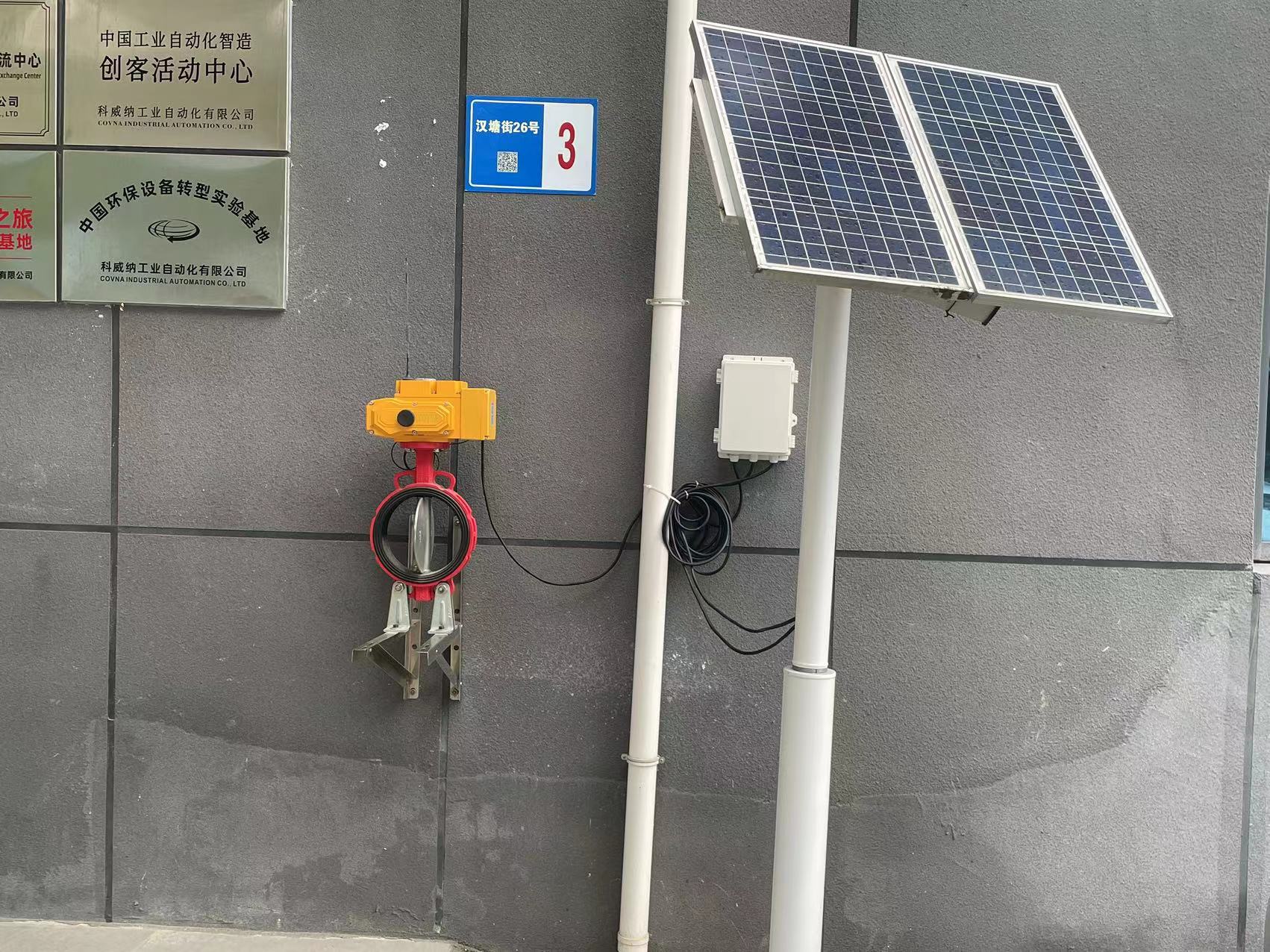
Wind Power Generation
In wind power generation, valves play important roles in turbine control and maintenance. Valves are utilized in hydraulic pitch systems, which adjust the pitch angle of wind turbine blades for optimal energy capture. These valves regulate the flow of hydraulic fluids, enabling precise blade positioning and efficient turbine operation. Valves are also used in lubrication and cooling systems to regulate the flow of oils or coolants, ensuring proper lubrication and temperature control for wind turbine components. Valves help optimize wind power generation, enhance turbine performance, and ensure safe and reliable operations.
Hydroelectric Power Generation
Hydroelectric power relies on valves for various functions in power generation and dam operations. In hydroelectric plants, valves control the flow of water through turbines, regulating power generation and grid stability. They also regulate water flow through penstocks, gates, and spillways to manage water levels, prevent flooding, and ensure efficient energy conversion. Valves in hydroelectric systems must withstand high water pressures, handle sediment or debris, and provide precise control to optimize power output and maintain dam safety.
Biomass Energy Utilization
Valves play important roles in the utilization of biomass energy, such as bioethanol and biogas production. In bioethanol production, valves control the flow of biomass feedstock, enzymes, and fermentation products during the conversion process. They enable precise control of feedstock mixtures, temperature regulation, and separation and purification of ethanol. In biogas production, valves regulate the flow of gases, such as methane, during anaerobic digestion processes, ensuring efficient gas collection and utilization. Valves used in biomass energy systems must handle corrosive substances, provide tight sealing, and maintain operational efficiency.
Geothermal Energy
In geothermal energy, valves are crucial components in various stages of the process. In production wells, valves control the flow of geothermal fluids, regulating the extraction of heat from underground reservoirs. These valves must be designed to withstand the high temperatures and corrosive nature of geothermal fluids. In geothermal power plants, valves play a key role in directing the flow of geothermal fluids, such as steam or hot water, to drive turbines and generate electricity. Valves are responsible for regulating the pressure and flow rate of the working fluid to optimize power generation and ensure safe and efficient operations.
source by maverickvalves
Hydrogen Energy
Valves are essential in various aspects of hydrogen energy production and utilization. In electrolysis-based hydrogen production, valves control the flow of gases and liquids, facilitating the separation of hydrogen from water or other feedstocks. Valves also play a crucial role in hydrogen storage systems, ensuring the safe and efficient filling, dispensing, and venting of hydrogen gas. In hydrogen fuel cell applications, valves regulate the flow of hydrogen gas to control pressure, maintain system integrity, and optimize fuel cell performance. Valves used in hydrogen systems must meet stringent safety standards, be compatible with hydrogen’s unique properties, and prevent leaks in high-pressure environments.
In the renewable energy industry, common valve types include:
Electric Butterfly valve is a commonly used valve for controlling fluid flow. It consists of a rotating disc and a fixed ring seat. Butterfly valves are known for their simple structure, small size, light weight, and flexible operation. They are widely used in wind power and solar power generation.
Electric Ball valve controls fluid flow by rotating a ball-shaped disc. Ball valves are known for their good sealing performance, convenient operation, and high flow capacity. They are commonly used in wind power and solar power systems for fluid control.
Gate valve
Gate valve controls fluid flow by raising or lowering a gate disc. Gate valves have simple structure, good sealing performance, and large flow capacity. They are suitable for pipe cutoff and flow control in wind power and solar power systems.
Globe valve
Globe valve controls fluid flow by contact between the valve disc and the valve seat. Globe valves have good sealing performance and large flow capacity. They are commonly used for medium flow control in renewable energy power generation equipment.
Control valve
Control valve controls fluid flow by adjusting the opening of the valve disc. Control valves have the characteristics of flow regulation and good stability. They are commonly used for fluid pressure and flow control in wind power and solar power systems.
Solenoid valve
Solenoid valve controls fluid flow using electromagnetic force. It consists of an electromagnetic coil and a valve body. Solenoid valves are widely used in renewable energy industries, such as hydraulic control in wind power and solar power systems, and flow control in cooling water circulation systems.
COVNA is a professional valve manufacturer that offers high-quality valve products for the renewable energy industry. Whether you are involved in wind power generation, solar power generation, biomass energy generation, or any other renewable energy projects, we can provide you with the right valve solutions.
Post time: Aug-10-2023






